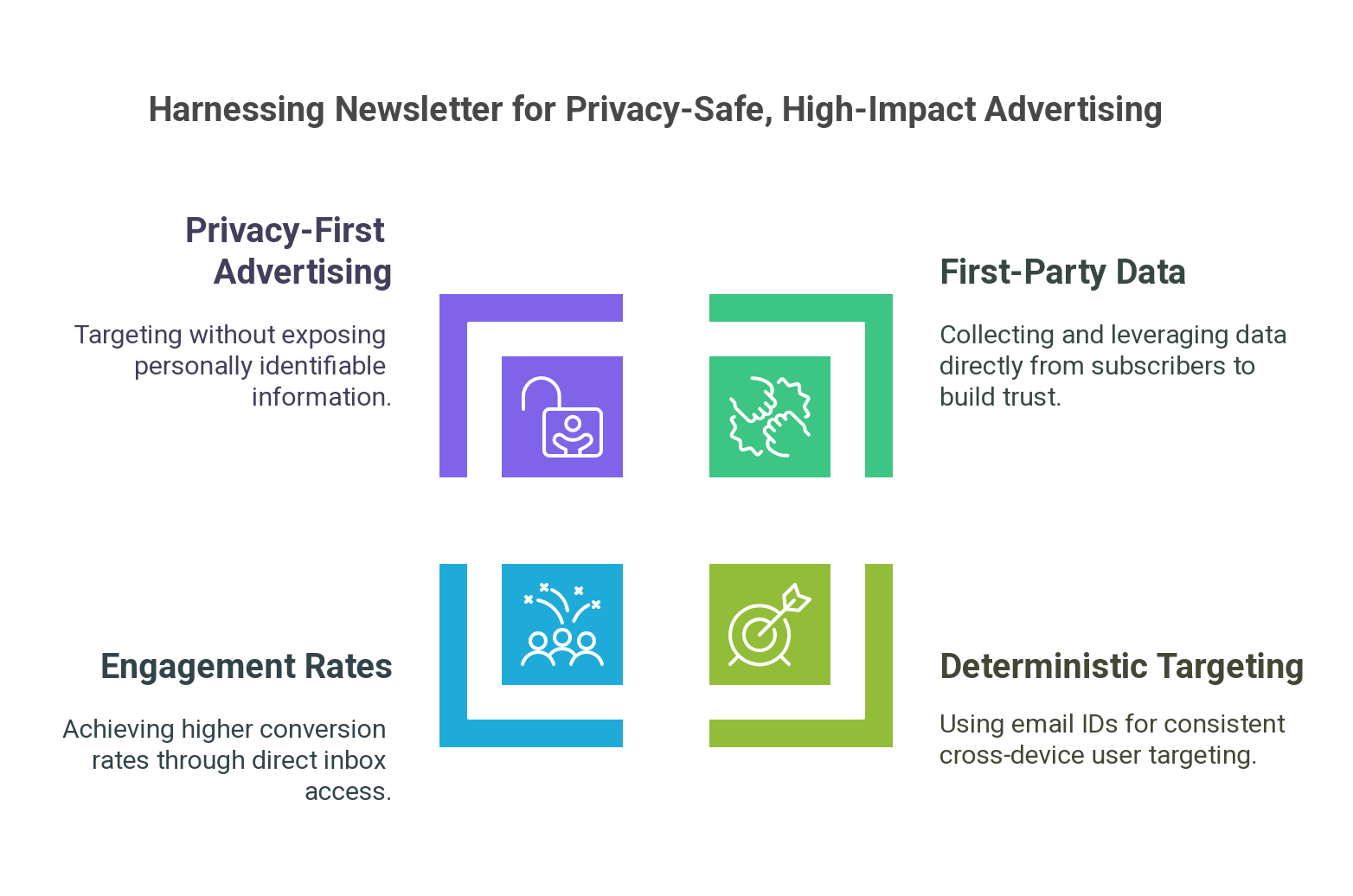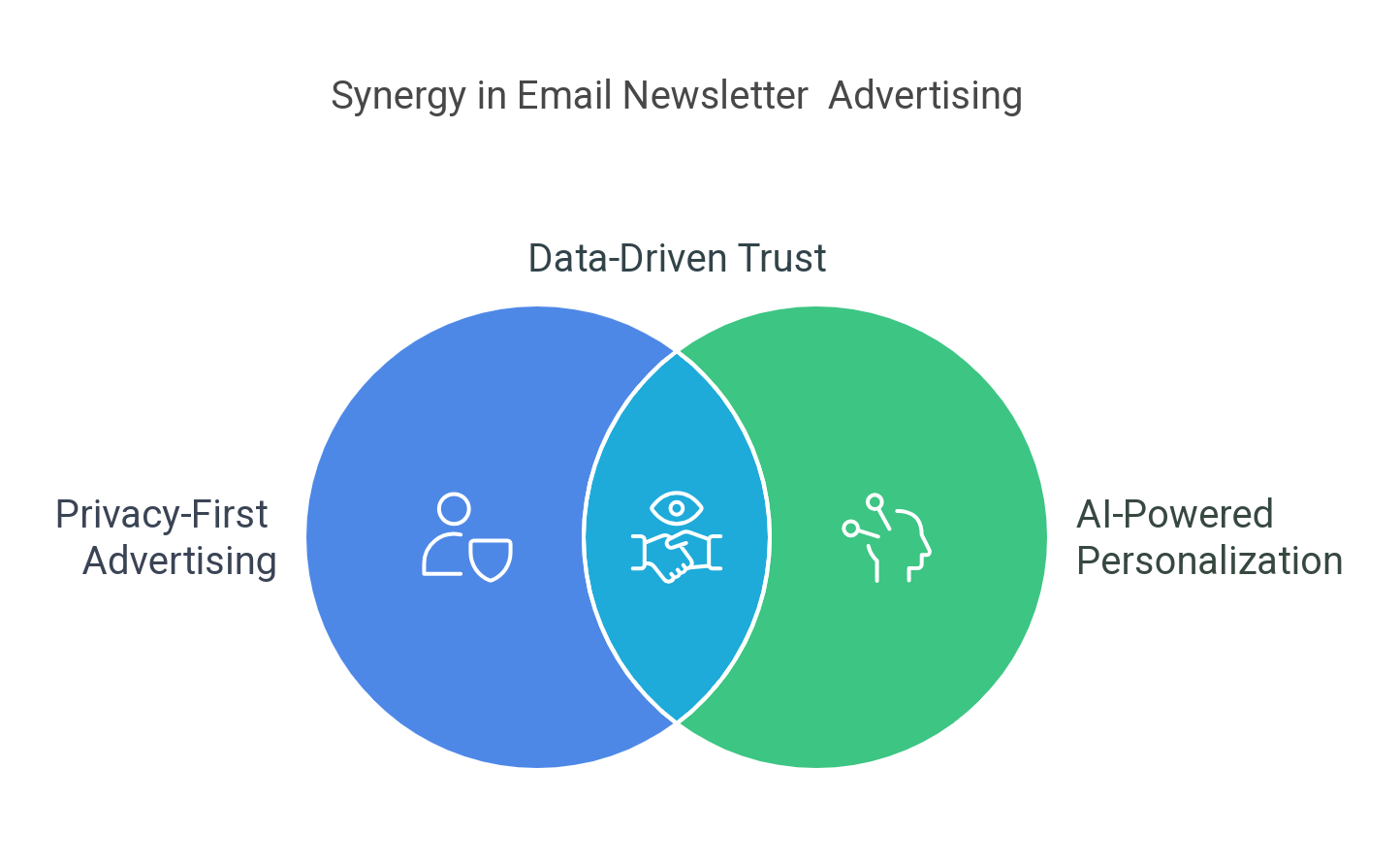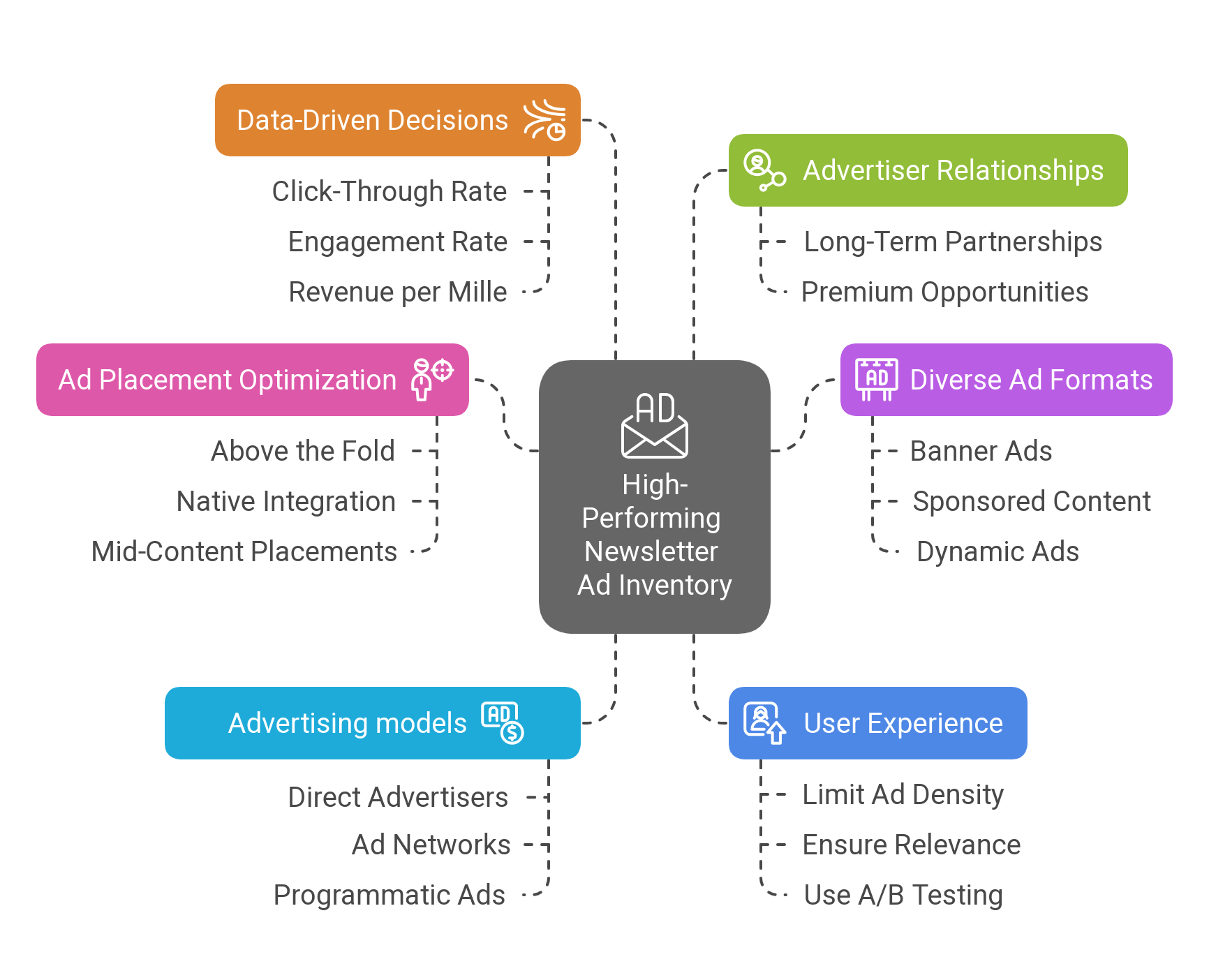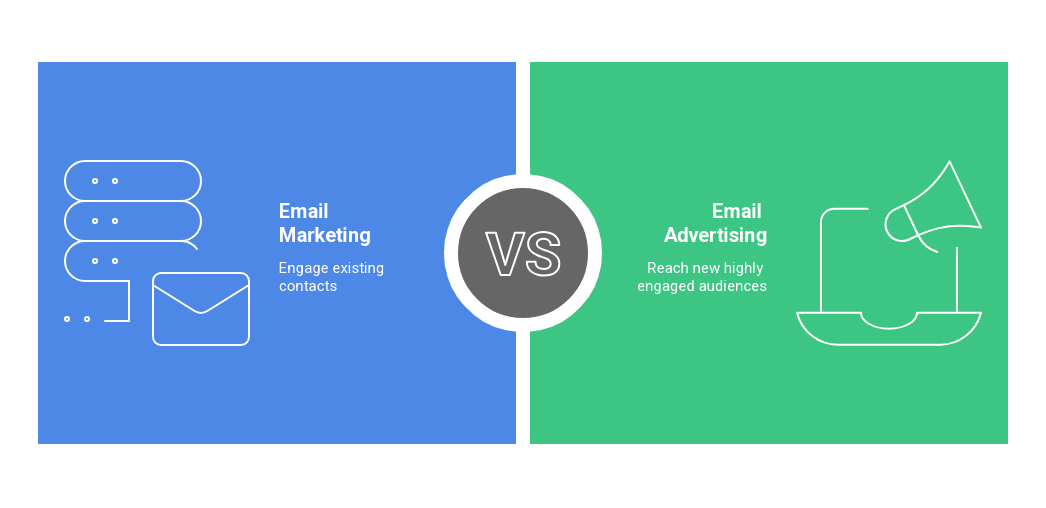The Death of Third-Party Cookies: How Email is Filling the Gap
For years, third-party cookies have been the backbone of digital advertising, enabling marketers to track users across websites and deliver targeted ads. However, with increasing privacy concerns and regulatory changes, the era of third-party cookies is coming to an end. Google, following in the footsteps of Apple and Firefox, plans to phase out third-party cookies in Chrome by 2025. This shift forces advertisers to rethink their strategies and find new ways to engage audiences effectively. One solution rising to prominence is email marketing and newsletter advertising.

The Problem with Third-Party Cookies
Third-party cookies have long helped advertisers track user behavior and serve personalized ads. However, their use has raised serious privacy concerns, leading to regulations like the GDPR and CCPA. With browsers phasing out cookie tracking, advertisers face challenges in targeting, measurement, and attribution.
The Rise of Email as a Cookieless Solution
Email has emerged as a privacy-safe alternative that provides deterministic identity and valuable engagement metrics. Unlike cookies, which rely on anonymous tracking, emails are user-initiated, making them a more consent-driven and reliable identifier. Here's how email is filling the gap left by third-party cookies:
1. First-Party Data & Customer Relationships
With third-party data disappearing, brands need to rely on first-party data. Email marketing allows businesses to collect and leverage first-party data directly from their subscribers, ensuring stronger consumer trust and engagement.
2. Deterministic Targeting with Email IDs
Email addresses act as a stable cross-device identifier. Unlike cookies, which are tied to a single browser, emails remain consistent across platforms, allowing advertisers to reach the same user on desktop, mobile, and apps.
3. Better Engagement & Conversion Rates
Newsletter advertising, in particular, benefits from high engagement rates. Unlike display ads, which often go unnoticed due to ad fatigue, newsletters land directly in the inbox of an opted-in, highly engaged audience, increasing the likelihood of conversion.
4. Privacy-First Advertising with Hashed Emails
Hashed email addresses allow advertisers to target audiences without exposing personally identifiable information (PII). This privacy-friendly approach aligns with new regulations while still enabling effective ad targeting.
Why Newsletter Advertising is the Future
Platforms like InboxBanner allow advertisers to place ads within email newsletters, providing access to a logged-in, high-intent audience. With no reliance on cookies, newsletter advertising is becoming one of the most effective digital marketing channels.
Benefits of Newsletter Advertising:
- Higher Engagement: Email ads see 10x better engagement than traditional display ads.
- Brand Safety: Ads appear in curated, premium content instead of unverified third-party sites.
- Cookieless Targeting: Email-based advertising remains unaffected by browser tracking restrictions.
Final Thoughts
As the digital advertising landscape shifts away from third-party cookies, email and newsletter advertising are stepping up as powerful solutions. Advertisers who adapt early will gain a competitive edge, leveraging first-party data, better targeting, and higher engagement.
🚀 Want to future-proof your advertising strategy? InboxBanner helps brands and publishers navigate the cookieless world with high-impact newsletter advertising. Get started today!



